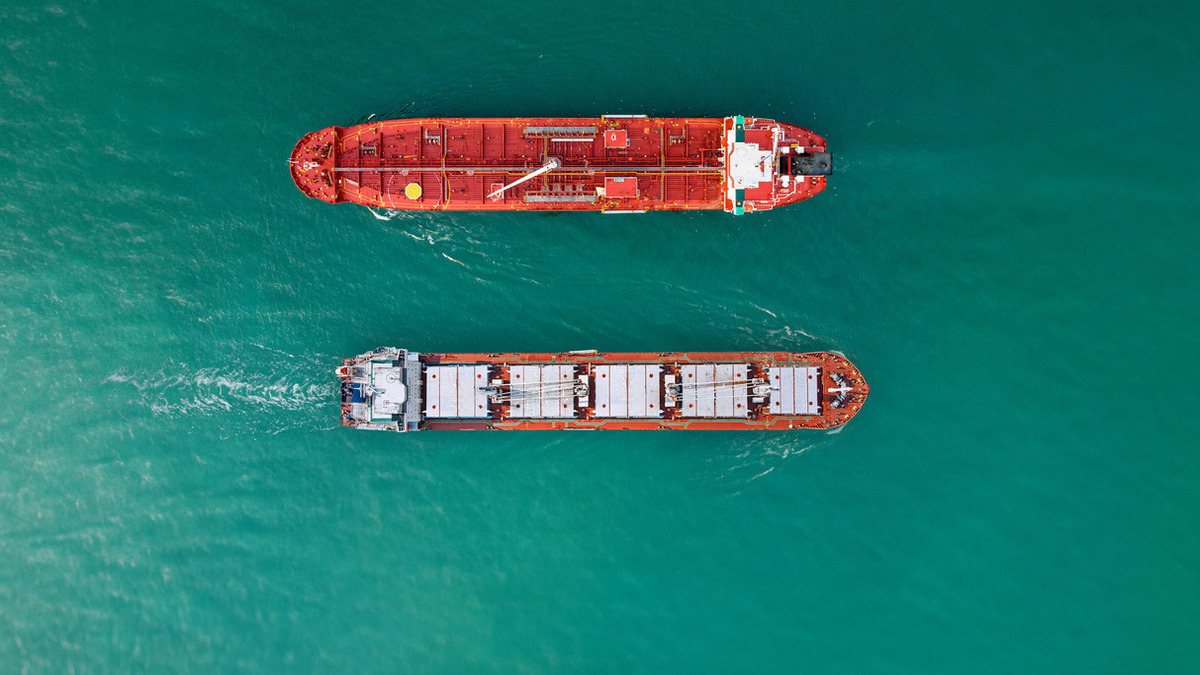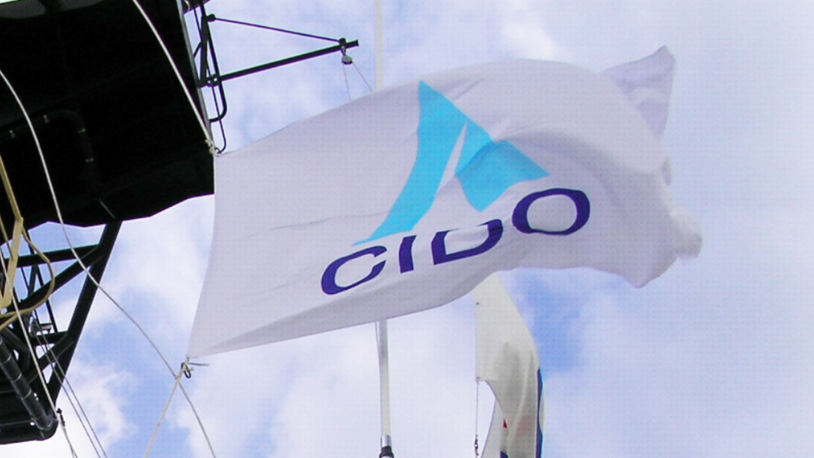Business Sectors
Contents
Register to read more articles.
IMO’s net-zero plan poised to pressure ageing fleet with rising costs
Older vessels are set to face increased operational pressure following the approval of the new net-zero framework during the recent MEPC 83 meeting of the International Maritime Organization (IMO)
In its latest weekly report, Hartland Shipping Services noted if the proposed measures come into force in 2028, they would effectively introduce direct charges on vessels burning conventional fuel oil. While higher costs will ultimately be passed on to end-users, the rules punish less fuel-efficient ships more severely, the firm said.
Hartland’s estimates reveal a growing cost gap between modern and older vessels as a result of these prospective IMO levies. Analysts calculated that, by 2028, a modern Ultramax bulk carrier would incur an additional US$1,000 per day, compared with US$1,200 per day for a non-eco Supramax. These costs are projected to increase significantly by 2035, rising to US$6,200 and US$7,600 per day, respectively.
In the tanker sector, the cost differential is even more pronounced. According to Hartland, in 2028, an eco VLCC is expected to face additional costs of US$3,300 per day, rising to US$21,000 per day by 2035. The cost gap between eco and non-eco VLCCs starts at US$900 per day in 2028 and widens to US$5,600 per day by 2035.
A catalyst for increased demolition?
These added expenses are likely to place further financial strain on older vessels, reinforcing existing valuation discounts. Over the longer term, Hartland believes the net-zero framework could increase the prospects of demolishing older tonnage – especially during downturns in freight markets.
This view was echoed by Star Bulk chief executive Petros Pappas during the company’s Q1 earnings presentation, where he noted IMO’s measures are expected to “effectively reduce supply of tonnage.”
Despite this, demolition activity has remained relatively subdued. According to BIMCO, dry bulk ship recycling hit a 17-year low in the first four months of 2025, as continued trading of older assets has proven more profitable than scrapping.
Recent secondhand market activity supports this trend. Allied Shipbroking reported as of mid-May, 459 vessels had changed hands, with the average age of transacted ships standing at 16 years. This suggests even older tonnage is still attracting buyers in the current environment.
Ageing fleet highlights renewal needs
While older vessels continue to find demand, the global merchant fleet is ageing rapidly. Arrow Shipping & Energy reported in February the average age of the global commercial fleet has reached 17.4 years – the highest level in at least four decades.
In the tanker segment, the average vessel age now stands at 14.0 years, marking an all-time high. Bulk carriers average 12.8 years – below the 2009 peak of 15.6 years. Meanwhile, container ships have reached an average age of 14.5 years, just under the recent high of 14.8 years recorded in August 2023.
In response to the ageing fleet and tightening regulations, newbuilding activity is gaining momentum. According to Xclusiv Shipbrokers, the dry bulk orderbook represented 10% of the active fleet in dwt terms as of April, up from 9% a year earlier. The tanker orderbook climbed to 15% from 10% in April 2024. The container vessel orderbook has seen the sharpest growth, now standing at 29% of the active fleet, up from 21% year-on-year, measured in TEU terms.
Sign up for Riviera’s series of technical and operational webinars and conferences:
- Register to attend by visiting our events page.
- Watch recordings from all of our webinars in the webinar library.
Related to this Story
Events
TUGTECHNOLOGY '25
Reefer container market outlook: Trade disruption, demand shifts & the role of technology
Asia Maritime & Offshore Webinar Week 2025
Marine Lubricants Webinar Week 2025
© 2024 Riviera Maritime Media Ltd.














